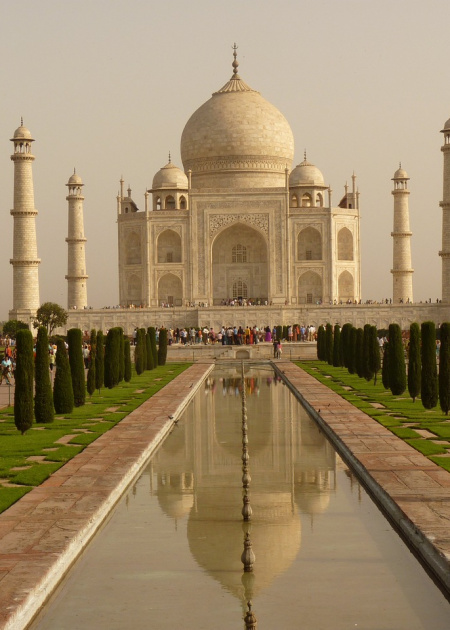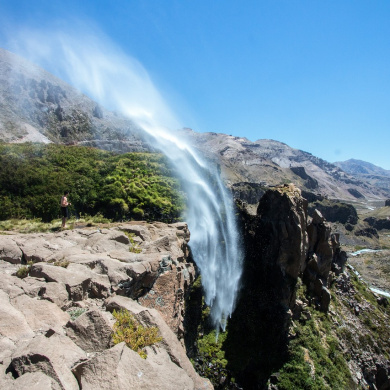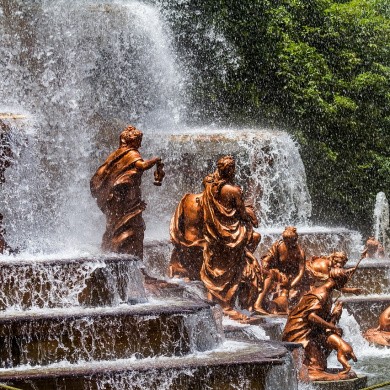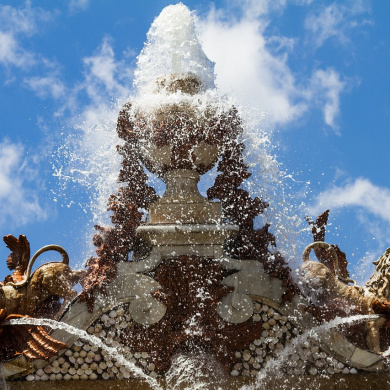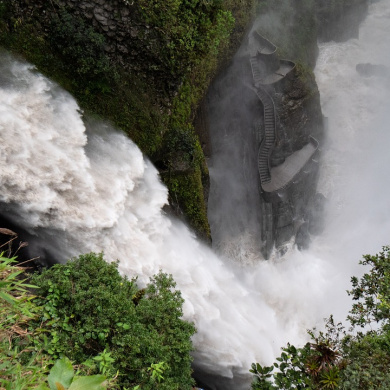Transportation
Banos is located in a mountainous region, so the best way to get around is by car. Public transportation includes several buses that travel to most of the nearby towns, however many of the more remote destinations are only accessible by car. Taxis are also available in Banos. Mountain biking and hiking are also very popular in the region.
Attractions
- Casa del Arbol ("Tree House"), is a mind-bending tree house overlooking an active volcano.
- Pailon del Diablo (The Devil's Cauldron), is a magnificent 70-meter high waterfall.
- Tungurahua Volcano is an active stratovolcano at the centre of the Banos.
- Termas de Papallacta is a series of hot springs and spa complexes located in the nearby cloud forest.
- Ruta de Las Cascadas is a loop route that links Banos with a series of stunning waterfalls.
- Zoo Guayaquil is Ecuador's oldest zoo and home to almost 200 different species of animals.
- Complejo Ecoturistico El Manto de la Novia is a popular natural area with a steep-sided canyon and more than 30 waterfalls.
- Amazonian Adventure Boat Tours is an unforgettable way to explore the Amazon jungle.
Time to spend
That depends on what you're interested in doing while in Banos. Ideally, you should plan to stay at least a couple days so that you can have time to explore the city, visit nearby attractions, and take part in some of the activities the town offers.
Time to visit
The best time to visit Banos is during the dry season, which runs from June to August. The skies are usually clear and the sun shines almost every day during this time, making it the perfect time of year to explore the area around Banos. Temperatures can sometimes be quite cold in the evenings, so you should bring a few layers to keep warm. However, if you’re looking for a bit more adventure, then the wet season from December to March is a great time to visit, as the waterfalls in the area will be at their grandest.
Weather
Banos has a warm, humid subtropical climate. Summer temperatures tend to range from the mid-seventies to low-eighties, but can reach higher. Winters tend to range from the upper-fifties to low-seventies. The city receives significant precipitation throughout the year, with the most rain falling between December and March.
